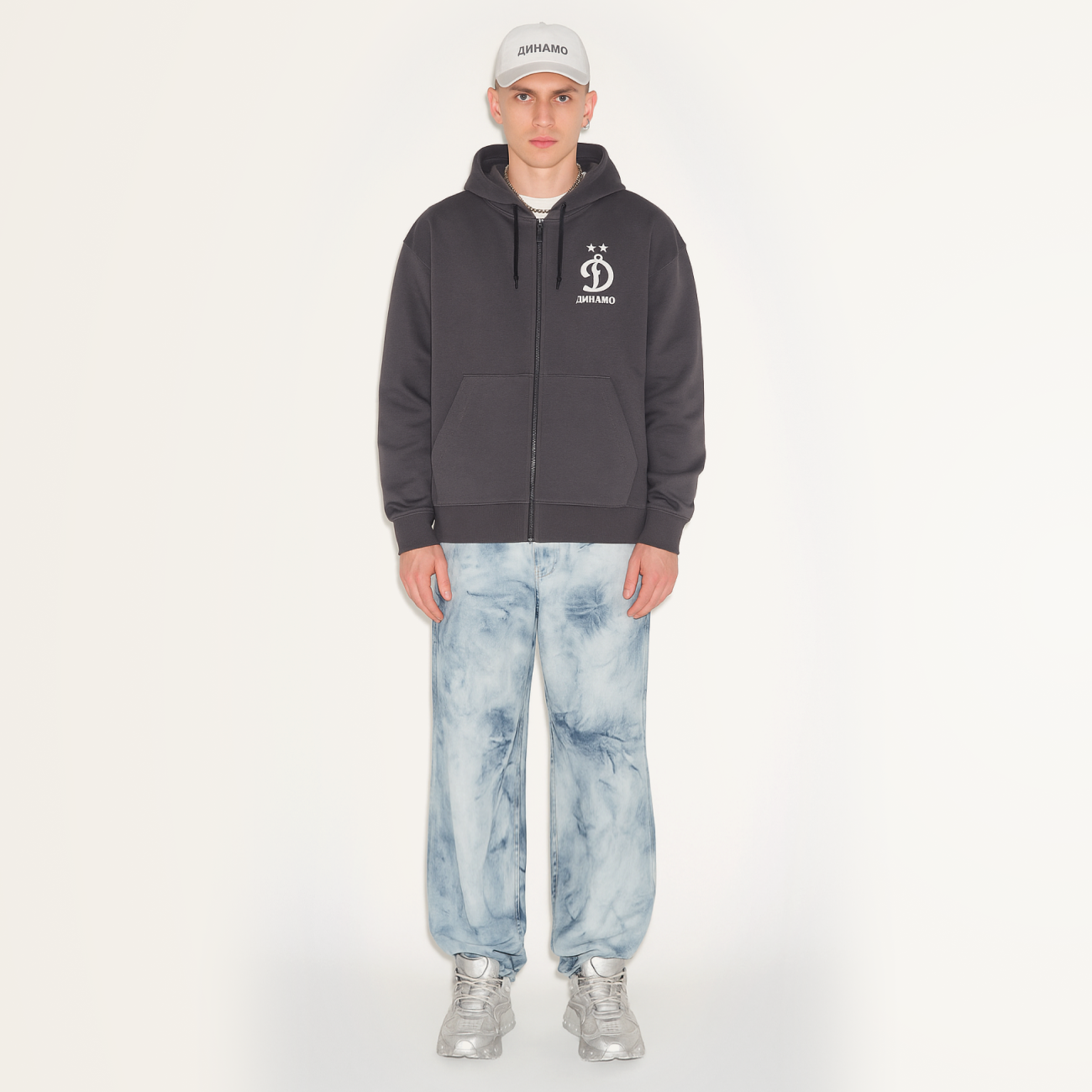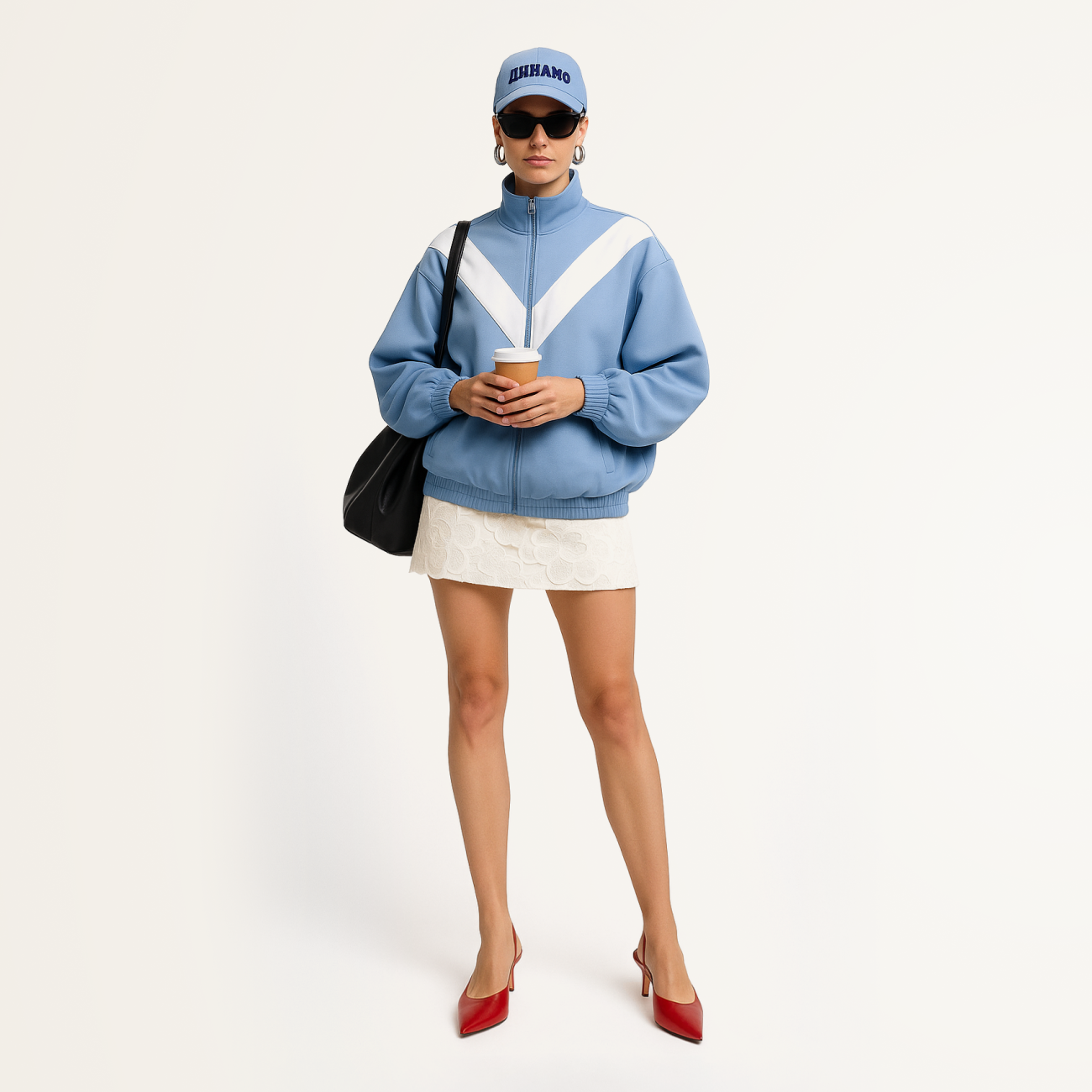Sport-chic
Sport Chic is the embodiment of freedom, comfort, and elegance, seamlessly blending athletic and glamorous elements into a harmonious whole. It allows one to stay active and stylish while maintaining a sense of ease and self-confidence. This style suits those who value comfort but are not willing to compromise on aesthetics and status — it reflects a desire for individuality and balance in the fast-paced rhythm of modern life.
History
The sport chic style emerged as a response to shifts in modern fashion and lifestyle, when it became possible to combine seemingly opposite worlds — sport and glamour.
The roots of sport chic go back to the mid-20th century, when people began actively incorporating athletic elements into their everyday looks. In the 1960s and 1970s, major sports brands started releasing collections aimed not only at athletic use but also for casual wear. Even then, elements seen on sports fields began to appear in daily fashion.
In the late 1980s and early 1990s, sportswear began to influence street fashion. But the true boom of sport chic came in the 2000s. This period saw a rise in the popularity of fitness and healthy living, and sportswear became a symbol of an active, dynamic lifestyle. At the same time, the style began to adopt glamorous features — luxury details started to enter the sporty wardrobe, and the fusion of sports and glam became a standout trend.
A key role in the evolution of sport chic was played by sports brands collaborating with high fashion houses. These collaborations made the style more refined: sports models were enhanced with fabrics and details typical of luxury brands. A striking example of this trend was sneakers and hoodies embellished with rhinestones, shiny accents, or luxury logos, proving that sports and glamour could coexist and complement each other.
A turning point came when celebrities started actively promoting the sport chic look. In the 2000s, stars like Jennifer Lopez, Britney Spears, and later Rihanna demonstrated that athletic outfits could be both comfortable and luxurious. They appeared in sporty tracksuits paired with bold jewelry, high heels, and premium accessories.
As a result, sport chic became a recognized fashion movement and a symbol of an era when fashion strove to blur the boundaries between styles, making comfort stylish and luxury functional. Today, sport chic is not just a style — it's a reflection of a modern lifestyle where anyone can be active, fashionable, and effortlessly glamorous.
Signature elements of the style
Color palette
The color palette is diverse and unrestricted.
Prints
Sport chic style typically avoids bold prints; however, logos and lettering are frequently used as references to athletic aesthetics. Stripes and checks inspired by classic sports uniforms may also appear.
Textures
A variety of textures are present. The foundation includes suiting fabrics, knitwear, leather, suede, and cotton.
Cuts & silhouette
Sport chic features relaxed yet structured silhouettes. The cut may range from loose to form-fitting but always allows freedom of movement. For example, trousers may have a straight or tapered fit, while outerwear often adopts an oversized silhouette.
Wardrobe essentials
- In sport chic style, the focus is less on individual wardrobe pieces and more on their styling and ability to create unique combinations. Sport chic is the art of mixing athletic elements with glamour, where the key lies in how the pieces are combined. The main goal is to convey the right mood—balancing comfort and elegance.\n\nIt is styling that allows each garment to reveal itself in a new context, creating an impression of refined ease. What matters most is the ability to mix items so that sporty elements appear harmonious and modern, while elegant touches lend polish to the look.
Substyles
Email: support@belt-app.com


















